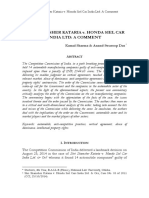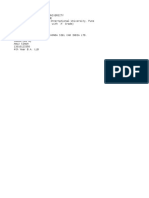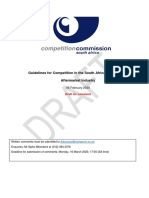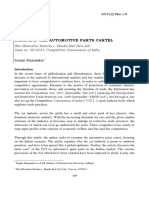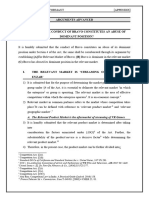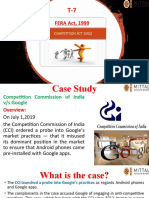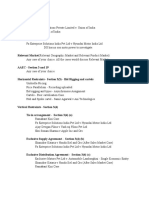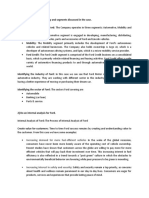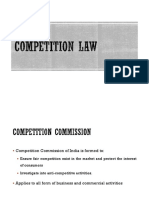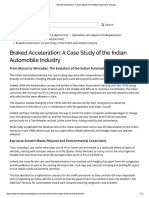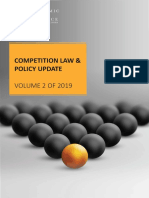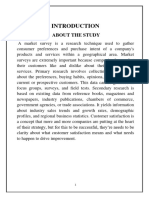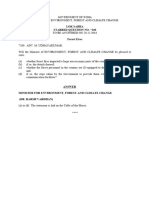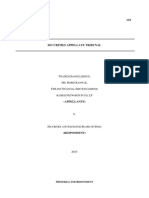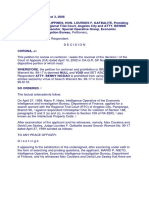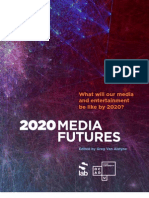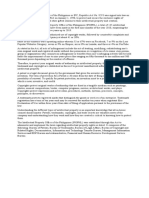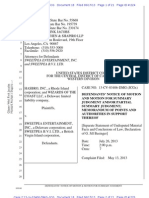0% found this document useful (0 votes)
22 views28 pagesLec 36
This document discusses a lecture on IP licensing and Indian competition law. It summarizes a case between Shamsher Kataria and automobile companies Honda, Volkswagen and Fiat. Kataria alleged the companies created a monopoly by restricting sales and supply of genuine spare parts. The Competition Commission of India investigated and found several automobile manufacturers engaged in restrictive practices regarding after-sales service and spare parts. The relevant markets were identified as the primary market for vehicle sales and the secondary aftermarket for spare parts and services.
Uploaded by
himanshu.mishra.law1Copyright
© © All Rights Reserved
We take content rights seriously. If you suspect this is your content, claim it here.
Available Formats
Download as PDF, TXT or read online on Scribd
0% found this document useful (0 votes)
22 views28 pagesLec 36
This document discusses a lecture on IP licensing and Indian competition law. It summarizes a case between Shamsher Kataria and automobile companies Honda, Volkswagen and Fiat. Kataria alleged the companies created a monopoly by restricting sales and supply of genuine spare parts. The Competition Commission of India investigated and found several automobile manufacturers engaged in restrictive practices regarding after-sales service and spare parts. The relevant markets were identified as the primary market for vehicle sales and the secondary aftermarket for spare parts and services.
Uploaded by
himanshu.mishra.law1Copyright
© © All Rights Reserved
We take content rights seriously. If you suspect this is your content, claim it here.
Available Formats
Download as PDF, TXT or read online on Scribd
/ 28

